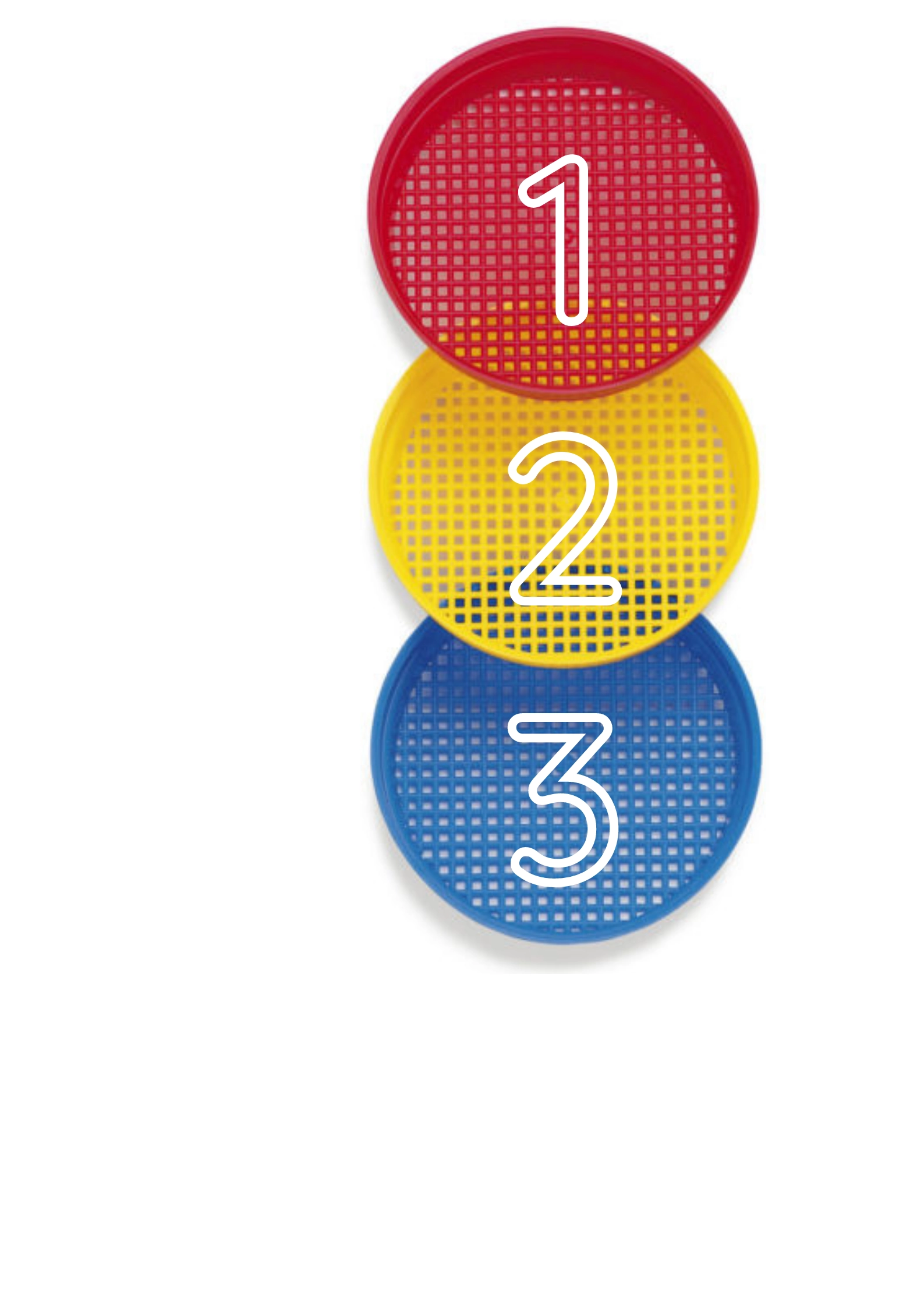I like to describe the editing process as sifting your work through a series of mesh ranging from coarse, medium to fine – a.k.a. the content edit, copyedit and proofread. Not sure which one you need?

I like to describe the editing process as sifting your work through a series of mesh ranging from coarse, medium to fine – a.k.a. the content edit, copyedit and proofread. Not sure which one you need?
Click to learn more …
Alternatively …
Do you need someone to write a book for you? Perhaps you have an idea you’d like brought to life, a classic you’d like simplified or a show you’d like novelised. Whatever the project, I’d be happy to discuss it.